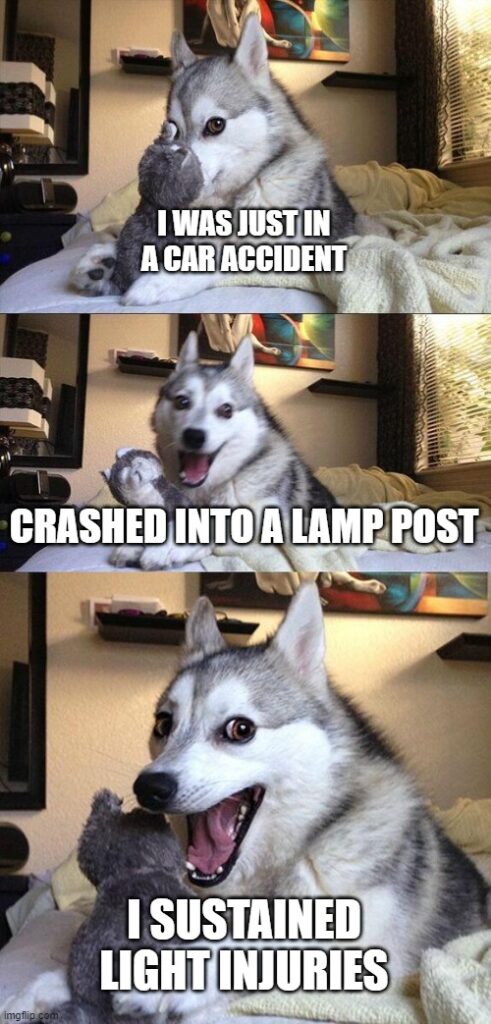Blast from the Past: Stray Bullets Compensable?
Happy Wednesday, dear readers!
The internets are certainly abuzz with the recent en banc decision regarding vocational rehabilitation in the Nunes decision. But how about something to lighten the mood?
Time for a somewhat literal blast from the past! This one is from September of 1947, the case of McPhail v. The Austin Company.
Applicant was struck by a stray bullet under the armpit while working as a carpenter in Sacramento. The source of the bullet was never discovered. There was no evidence of any bad feelings among the employees or hostility, but there was evidence that there were gun raffles over the last few months for the employees. Surprisingly, regular gun raffles are rarely advertised as benefits offered to employees now adays.
The commission held that the injury was AOE/COE.
Now, had applicant died as a result of the injury, likely the Mysterious Death Presumption would have applied. After all, if the employee’s death occurs at or near the place of employment, then an inference of compensability is typically found unless there is some other, nonindustrial explanation for the death.
But if the applicant did not die, and could be a witness regarding the facts, there is no reason to apply the mysterious death doctrine (or the MDD as the kids say).
Picture a carpenter working on the third floor of a building when he is suddenly struck by a bullet, and he lives to tell the tale. No likely suspects, no explanations. How are we to determine whether this is an industrial injury? The bullet could have struck a passerby instead just as easily, no?
For example, in the case of Rodgers v. WCAB, an employee robbed in the employer’s parking lot on her way back from a lunch-break-bank-trip was ordered to take nothing as the court reasoned that the injury was not industrial because the cause of the robbery was formed independent of anything having to do with work. By contrast, in the case of Parks v. WCAB, applicant was attacked very close to the employer-provided parking lot as she was boxed in by children crossing the street and other cars behind her. The WCAB held that children crossing in that area presented a “special risk” which was not visited on the general public.
So are stray bullets a risk to which the general public is exposed or was there something special about working as a carpenter on the third floor of a building? Your humble blogger urges his readers not to conduct any studies involving shooting randomly in the air to see how many bullets strike people at work vs. people walking on the street. This question is truly best left in the realm of theory and rhetoric.
Could the employer have conducted a study of stray bullet victims in the 5 years prior to the DOI to see how often random pedestrians and drivers are struck as opposed to carpenters on the third floor of a building? Try googling “stray bullet” and “Oakland” as just one example.
What are your thoughts, dear readers?

